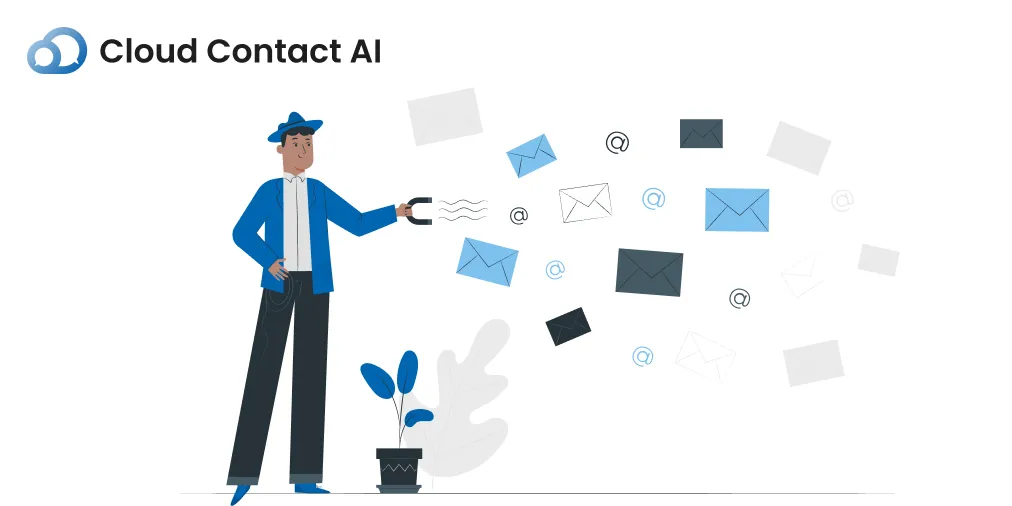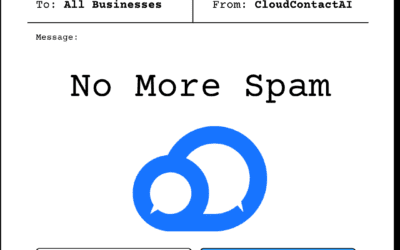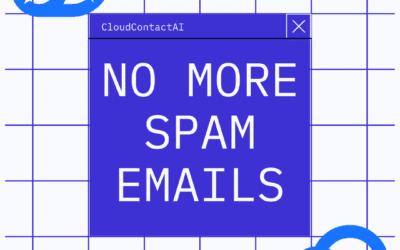Email marketing is incredibly valuable to businesses of any size regardless of industry. It has a greater reach than social media, where many factors affect how often posts and ads are shown to your followers.
Email marketing provides direct access to your most brand-committed customers:
- The people who have raised their hands and said they want to know more about you. Plus,
- It allows you to create a personal connection with your customers and build brand loyalty.
- Although social media is a good channel to publicize your project or brand, small business email marketing is often more effective in incentivizing purchases.
Email Marketing is permission-based which makes email unique among marketing channels. This means that you should only send email marketing communications to customers who have indicated that they want to receive them. This ensures that email messages reach an interested audience that is likely to convert. It can protect your business from potential breaches of legal restrictions in your region.
Here are the tips:
1. Prioritize your subject lines
First impressions are everything in marketing, and that goes double for email marketing. If you don’t get someone’s attention with the subject line of your email, it’s unlikely that person will open your message.
Some rules for creating a perfect subject line:
- Be short, quick, and get to the point
- add some urgency
- Strive to generate some emotion in the person reading
- Make sure the subject line is related to the content of your email
You should also avoid subject lines entirely in CAPITAL LETTERS, as these are more likely to get you into the spam box.
2. Automate your small business email marketing process
The automation of email marketing is the best solution. We know to send emails effectively when operating with a small staff and a limited budget.
Whether you are B2B or B2C, contacting 100 or 10,000 people, the right automation platform will be able to help you streamline your processes, segment your audience, and put your reporting data to use for insights to improve your conversions. All requiring less effort from you in the end.
There are many email marketing automation solutions, so start by finding the essential resources you need and how much you can afford. This will help you choose a platform that is a perfect fit for your small business.
3. Build your contact list organically
We understand the temptation to buy email addresses, especially when you’re trying to grow your list fast.
However, this strategy will reverse, making you more likely to be flagged as a fake address, uninterested, and spam sender by different email providers.
Take a better approach: Grow your strong and stable list of opt-in contacts (people who have authorized you to email them), Only meet people who want to hear and engage with your brand.
4. Segment your audience
As your prospects move through the sales funnel, their content needs, questions, and preferences will vary.
Divide your contact list to make sure you are reaching the right people with the right message. To ensure that your recipients receive more than they need and less of what they are not interested in.
In addition to targeting your contacts by the step in the funnel they’re in, you can also consider targeting by geographic location, job title, or industry all of which will help you target your audience in a more personalized way to increase your conversion rates.
5. Discover the optimal shipping frequency
There’s a sweet spot to set how often your email marketing contacts want to hear from you, and it’s up to you to find it.
Most brands send promotional emails 1-4 times a month. That amount depends on collecting data about your open rates and other conversion rates. Most of your subscribers don’t want super frequent emails, even if they like your brand.
Do some testing to determine what works for your small business, testing different frequencies to see which one offers the best opens, clicks, and conversion rates. Adjust how you manage your email campaigns based on your findings and continue to track the results.
6. Play with your campaign format
Your readers are busy. An email that is just a bunch of text on the page is unlikely to hold their attention for long, nor will it help you maintain engagement over time.
Instead, diversify your format by dividing the message with images, videos, borders, and buttons. Many email marketing automation platforms offer tons of creative email templates to choose from, letting you just fill in the gaps with your content.
7. Make Sure Your Call-To-Action Stands Out Among Your Small Business Email Marketing Competitors
Do you know what Call-To-Action (CTA or call-to-action) is? It is simply the most important part of your email. In every email you send, you should focus on an action you want your contacts to take. Usually clicking a link to buy a product, fill out a form, visit your website, etc.
That’s why you need to make sure that people see your CTA and that they understand what you are asking them to do.
Take AB Tests of different CTA placements, words, and styles to see what drives your subscribers the most conversion. Once you know what works, you can adapt it for future messages.
Conclusion
Implementing these simple strategies while setting up an email marketing campaign can be the difference between improving your business and wasting your time. Always use a quality email marketing service like we offer at Cloud Contact AI for the best possible results.
Share Your Message with an SMS Campaign Today!
We make it fast, easy, and affordable to send compliant SMS, Email, and Voice campaigns.
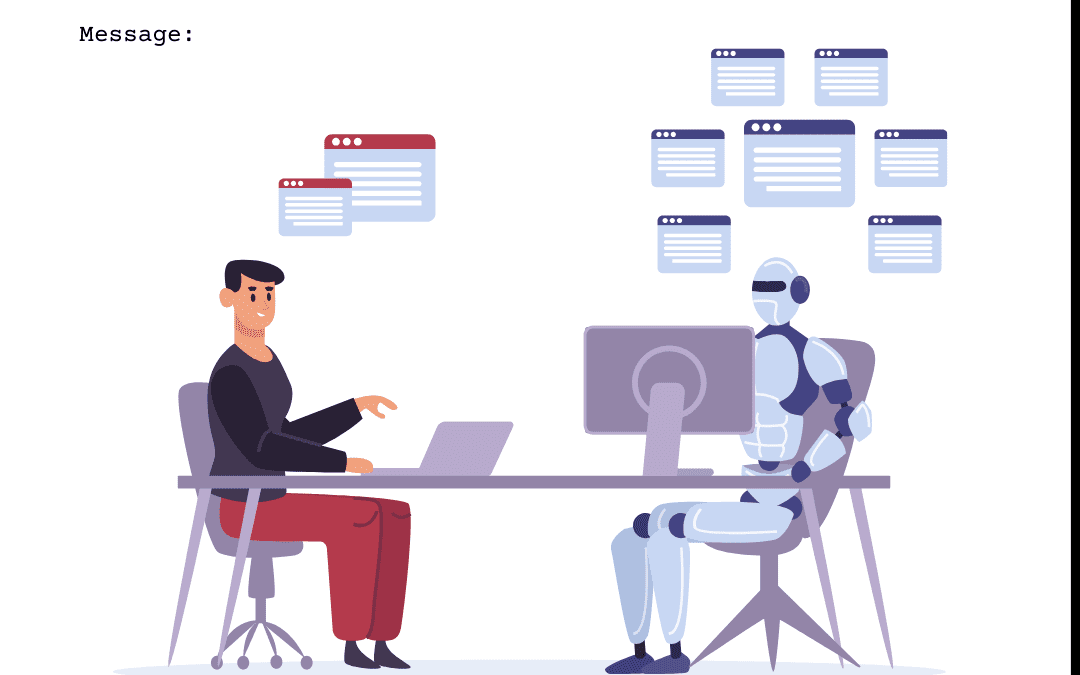
Implementing Generative AI in Business Communication Systems
The integration of Generative Artificial Intelligence (AI) with communication platforms holds the promise of transformation. This blog post explores the hurdles businesses commonly face when incorporating Generative AI into their communication systems and highlights how CloudContactAI effectively addresses these issues. We’ll delve into key challenges such as data integration, model training complexity, seamless adoption, and ethical considerations.

Innovative Event Communication: Unleashing the Power of AI Optimization
In the dynamic world of event management, staying ahead in communication strategies is paramount for success. With the advent of Generative AI, a transformative wave is sweeping across the industry, offering innovative ways to optimize communication throughout the entire event lifecycle. This blog post will delve deep into the growing role of Generative AI and how CloudContactAI’s solutions are reshaping event promotion, attendee engagement, and post-event follow-ups.
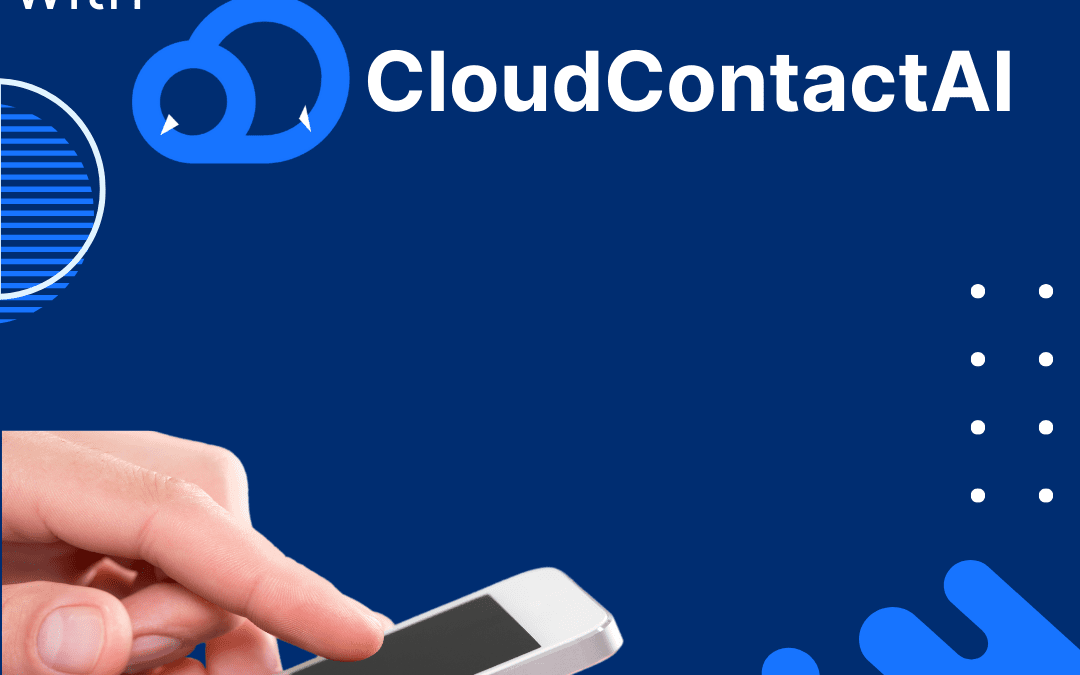
Beyond Templates: Revolutionizing Content Creation with Generative AI
How companies convey their messages has undergone a transformative journey. Traditional templates, once the backbone of content creation, are gradually giving way to more dynamic and innovative approaches. CloudContactAI’s Generative AI stands at the forefront of this evolution, offering businesses a leap beyond conventional templates. This blog post explores the revolutionary impact of AI-generated content on business communication, shedding light on its flexibility, creativity, and the technical intricacies that set it apart.
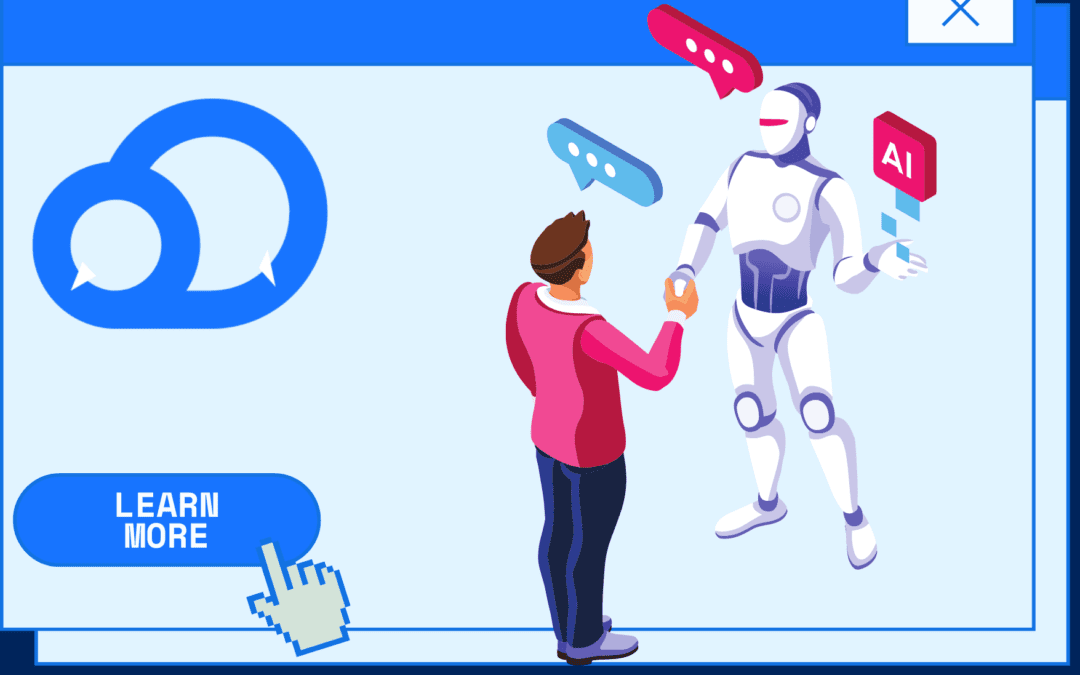
Balancing Automation and Personalization with Generative AI
When it comes to business communication, the integration of Generative Artificial Intelligence (AI) has become a game-changer. Automated communication systems offer efficiency and scalability, but they also pose the risk of diluting the personalized touch that customers crave. Striking the delicate balance between leveraging Generative AI for automated communication and maintaining a personalized touch is crucial for businesses seeking effective and efficient communication strategies.

The Difference Between Toll-Free and A2P 10DLC
In the ever-evolving landscape of communication, businesses are presented with a multitude of options to connect with their audience. Two prominent solutions, Toll-Free and A2P 10DLC, play crucial roles in facilitating seamless communication between businesses and consumers. In this article, we will explore the characteristics of Toll-Free and A2P 10DLC, highlighting their differences and helping businesses make informed decisions about which communication channel aligns best with their needs.

Generative AI and the Future of Virtual Assistants: Beyond Scripted Interactions
In recent years, virtual assistants have become an integral part of our daily lives, revolutionizing the way we interact with technology. Powered by Generative AI, these assistants have evolved beyond scripted interactions, enabling more natural, context-aware conversations. In this blog post, we will explore the evolution of virtual assistants and delve into how CloudContactAI’s generative AI solutions are at the forefront of this transformative journey.

Smart Strategies for AI-Driven Personalization
When it comes to digital marketing, staying ahead of the curve is crucial for success. One of the most powerful tools in a marketer’s arsenal today is Artificial Intelligence (AI), specifically when it comes to personalization in online advertising. AI-driven personalization allows marketers to tailor their messages to individual users, creating a more engaging and relevant experience. In this guide, we’ll explore smart strategies for harnessing the potential of AI-driven personalization to maximize the impact of your online advertising campaigns.

Using Generative AI to Improve Email Deliverability
Email communication stands as a pivotal tool for both businesses and individuals in today’s dynamic digital environment. The success of email campaigns pivots on a key factor: deliverability. In recent years, Generative Artificial Intelligence (AI) has emerged as a transformative force across industries, and its influence on email deliverability is noteworthy. This blog post will explore how Generative AI can revolutionize and streamline email deliverability, equipping marketers and businesses with potent tools to elevate their communication strategies.

The Synergy of AI and Human Creativity in Content Marketing
Explore the transformative synergy between AI and human creativity in content marketing. Dive deep into the augmented creativity, personalized experiences, automated content generation, SEO optimization, and enhanced user experiences. Navigate the ethical considerations shaping this dynamic partnership, unlocking innovative possibilities for brands in the digital age.
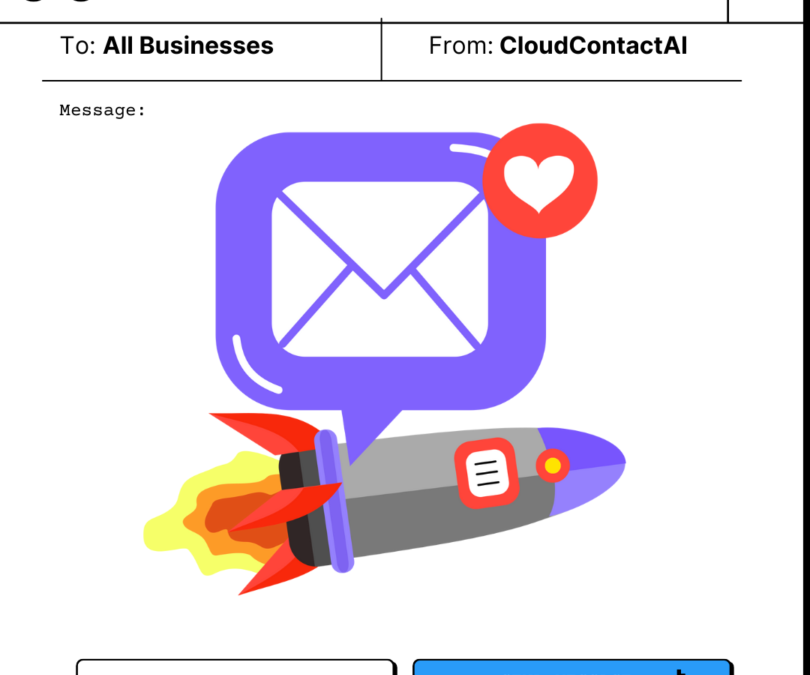
AI-Powered Personalization: The Secret to Skyrocketing Email Engagement
Email marketing continues to play a pivotal role as a vital tool for businesses seeking to establish and maintain connections with their target audience within the dynamic landscape of our fast-paced digital world. Despite its enduring significance, the challenge of capturing attention within cluttered inboxes remains a persistent hurdle for marketers. In response to this ongoing challenge, the integration of AI-powered personalization has emerged as a crucial strategy to revolutionize and optimize email engagement.

